We all know that corner in the cheese store that is home to a few colourful jelly-like looking squares of fruit ‘cheeses’. Here you will find the curious Membrillo, a Spanish quince paste that has been reduced and cooked until it sets into a firm block. The same method can be applied to any fruit really, essentially making a jelly, but just like with jams and jellies, you need the right amount of pectin for it to eventually set. Fruits such as quince, apple, blackberries, gooseberries, plums, lemons and redcurrants all contain enough pectin by themselves. If you are using other fruit, you will need to add pectin in whichever form you see fit (for instance, you can make your own homemade pectin from apples).
Ingredients
-
1kg redcurrants
-
200g sugar
-
40 ml lemon juice
Method
Pick the redcurrants and add them to a large pan. Just about cover the fruit with with water, bring it to a boil and simmer for 30 minutes until all of the redcurrants have softened. Turn off the heat and use a potato masher to break down the fruit. Place a sieve into a large heatproof bowl, then strain the liquid through the sieve and use the back of a spoon to squeeze out most of the pulp and juices. Discard the leftover skins and seeds.
Add the pulp back into the pan along with the sugar and lemon juice. Bring it to a rolling boil (keep an eye on it as it might quickly overrun at this point) and cook for another 30 minutes until the mixture has reduced into a thick jam that has gone slightly past the setting point.
Preheat the oven to 80°C. Line some molds (I am using cannelés molds) with olive oil and spoon in the mixture. Then place the molds in the oven and ‘bake’ for 30 minutes until they feel firm to the touch. Let them cool entirely before removing the fruit cheeses from the molds. You can store them in an airtight container in the fridge for up to 6 months.
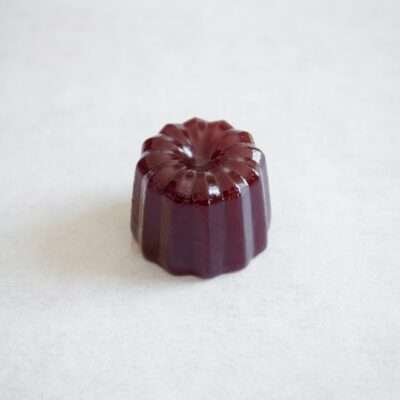
Fruit Cheese
Ingredients
- 1 kg redcurrants
- 200 g sugar
- 40 ml lemon juice
Instructions
- Pick the redcurrants and add them to a large pan. Just about cover the fruit with with water, bring it to a boil and simmer for 30 minutes until all of the redcurrants have softened. Turn off the heat and use a potato masher to break down the fruit. Place a sieve into a large heatproof bowl, then strain the liquid through the sieve and use the back of a spoon to squeeze out most of the pulp and juices. Discard the leftover skins and seeds.
- Add the pulp back into the pan along with the sugar and lemon juice. Bring it to a rolling boil (keep an eye on it as it might quickly overrun at this point) and cook for another 30 minutes until the mixture has reduced into a thick jam that has gone slightly past the setting point.
- Pre-heat the oven to 80°C. Line some molds (I am using cannelés molds) with olive oil and spoon in the mixture. Then place the molds in the oven and ‘bake’ for 30 minutes until they feel firm to the touch. Let them cool entirely before removing the fruit cheeses from the molds. You can store them in an airtight container in the fridge for up to 6 months.
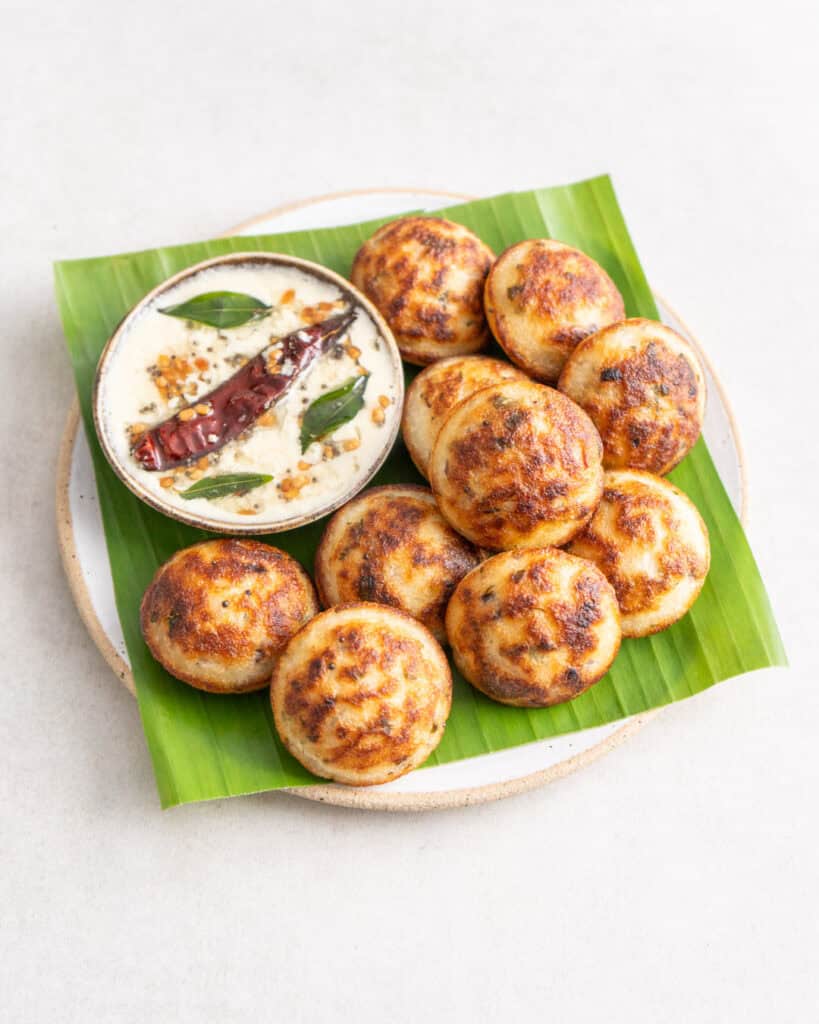


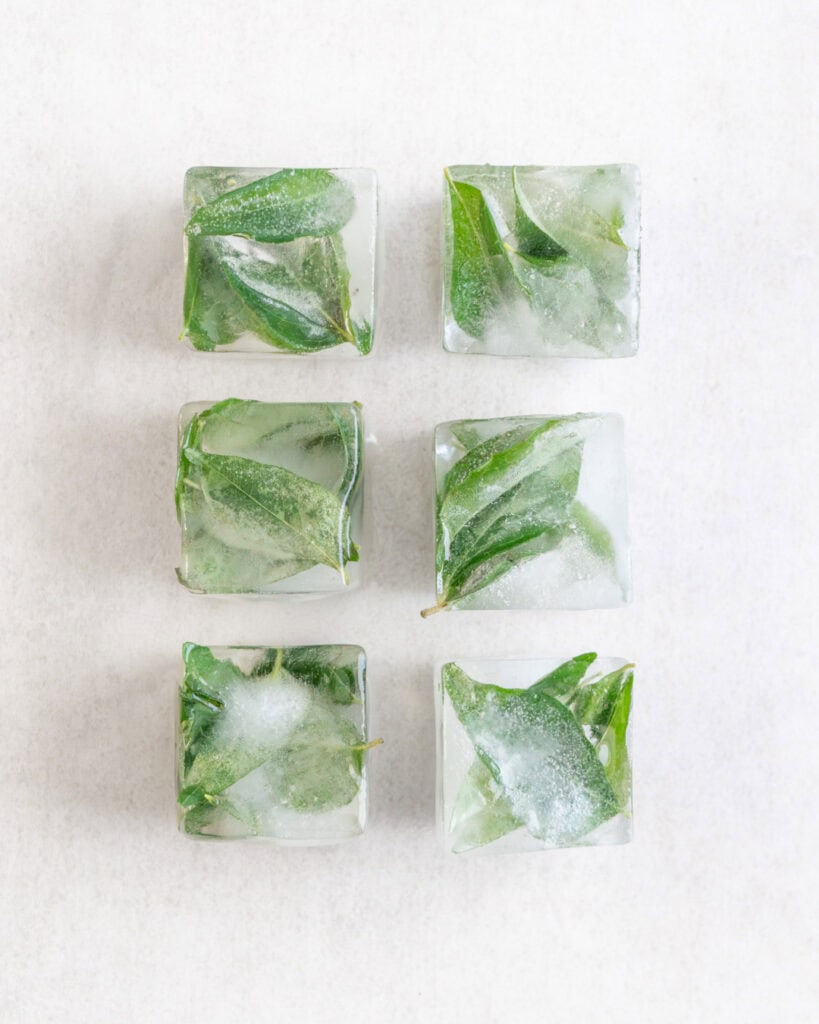
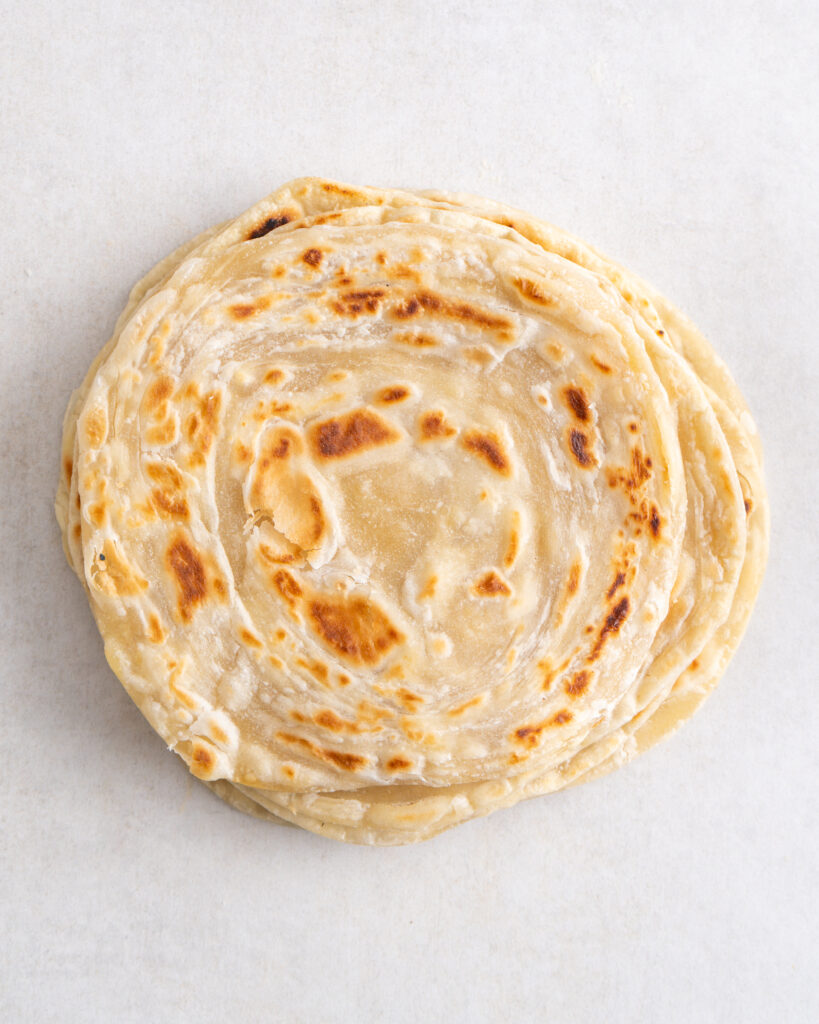
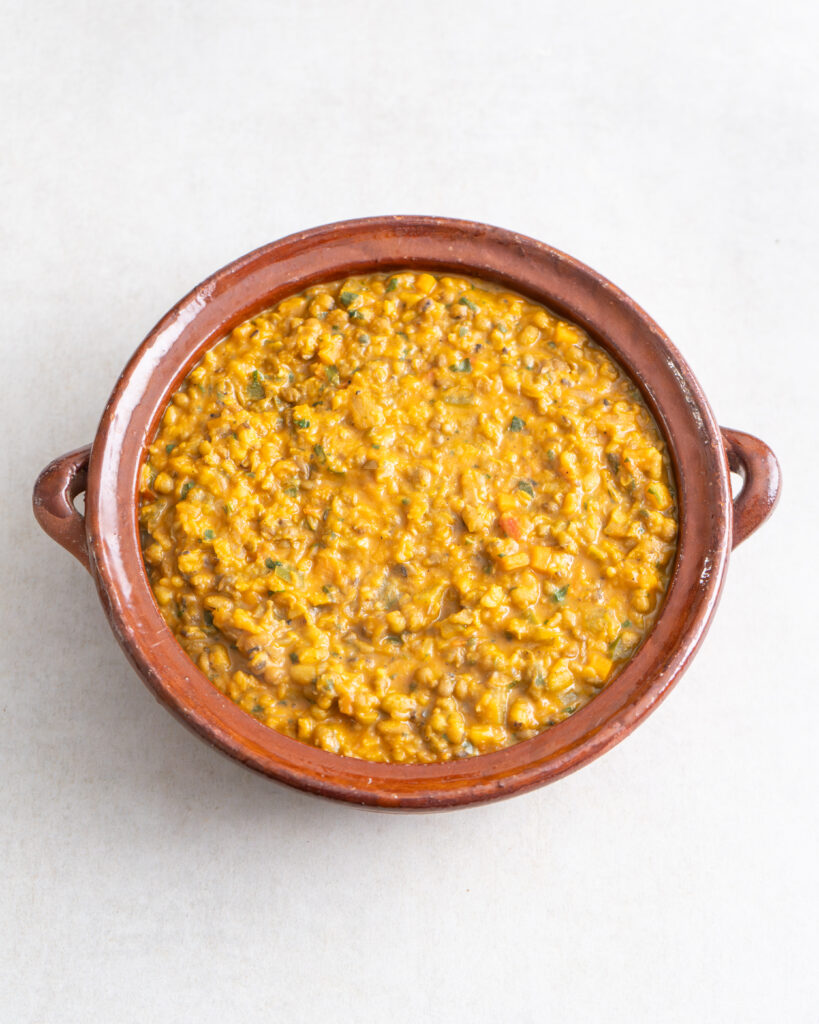
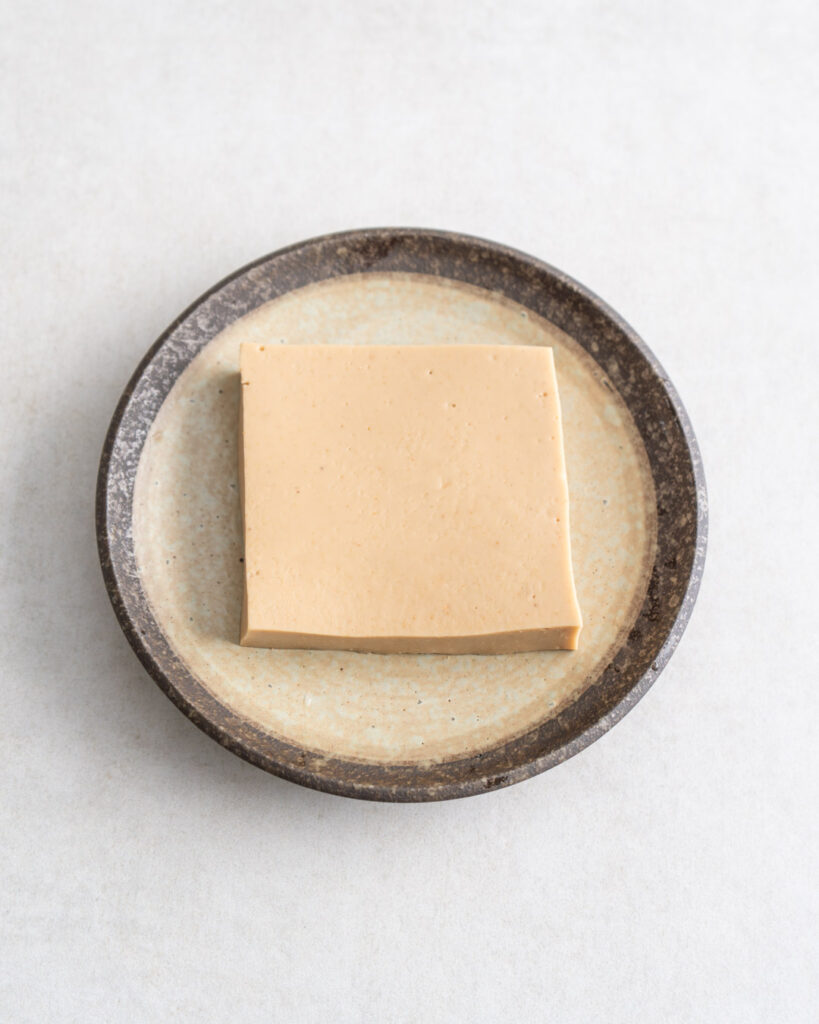
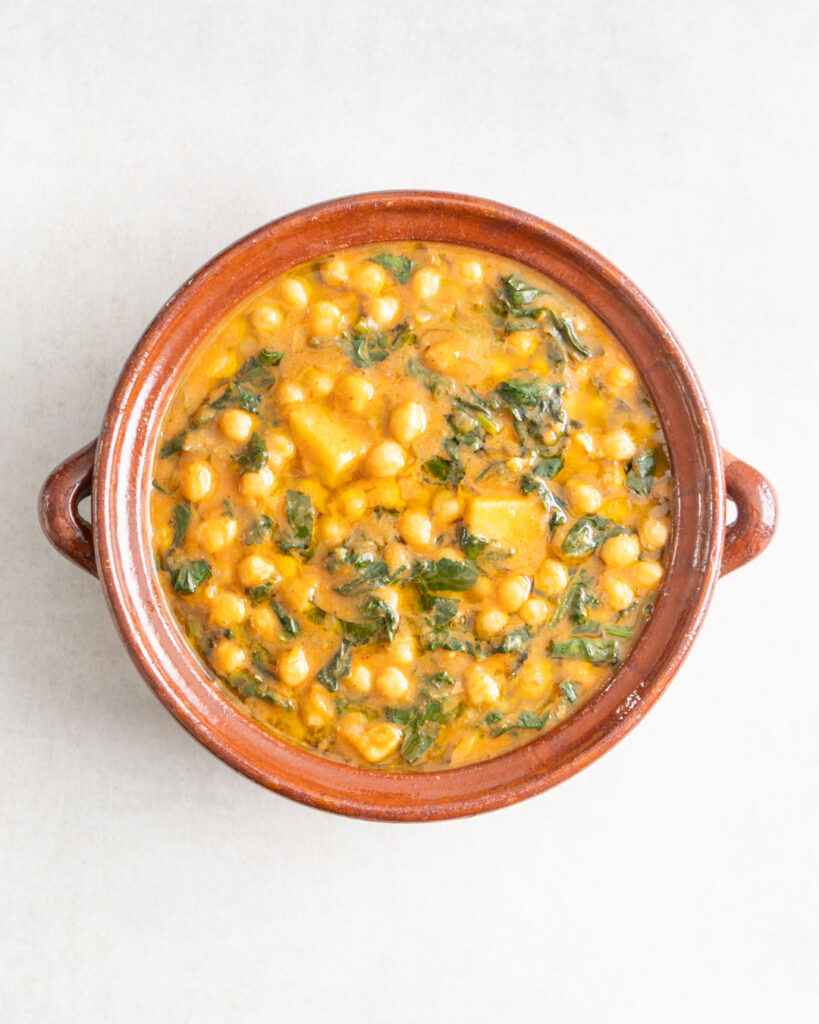
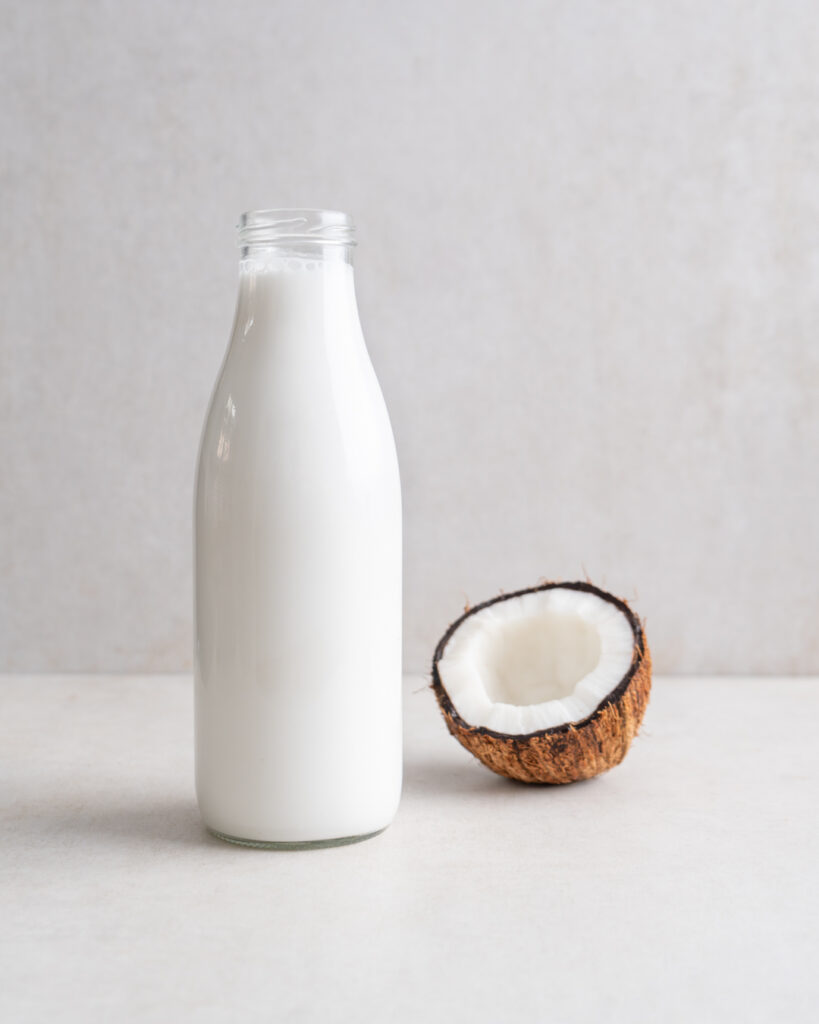
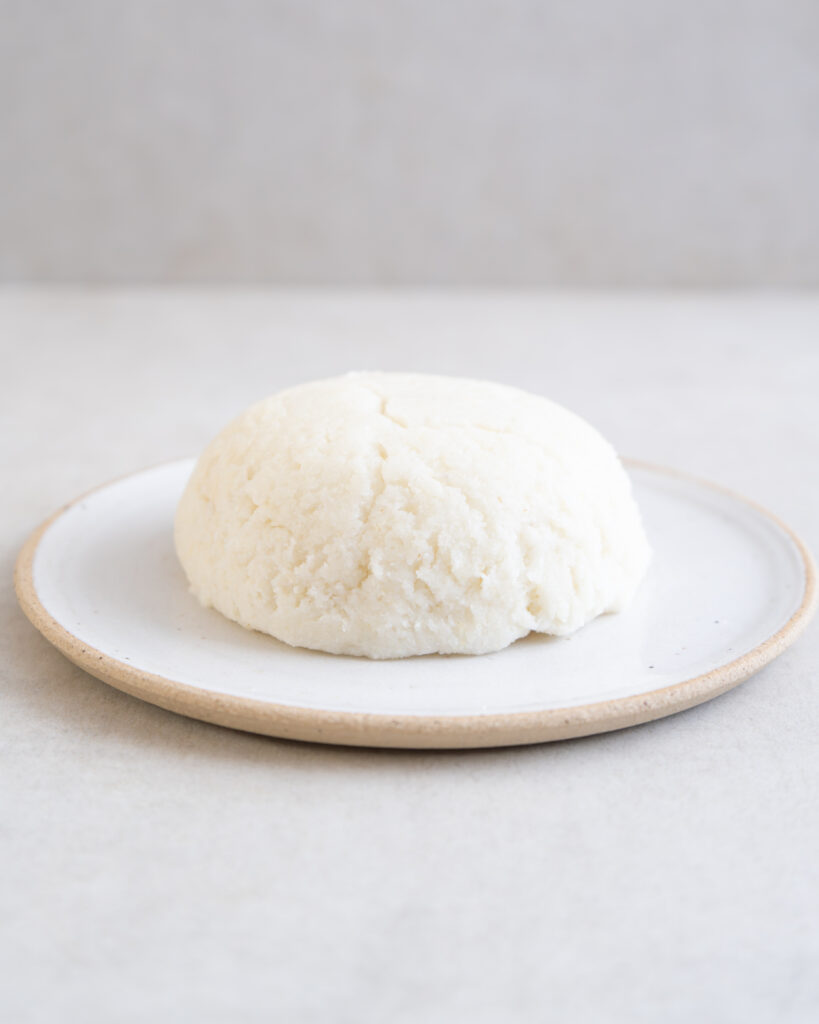

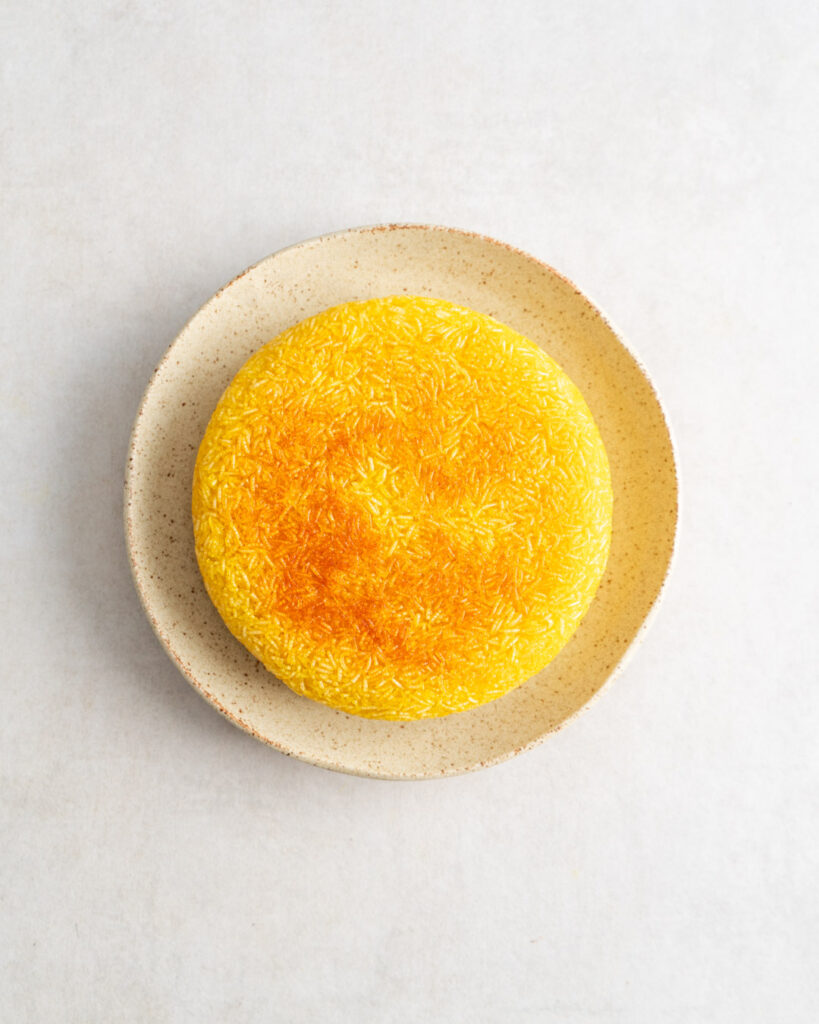



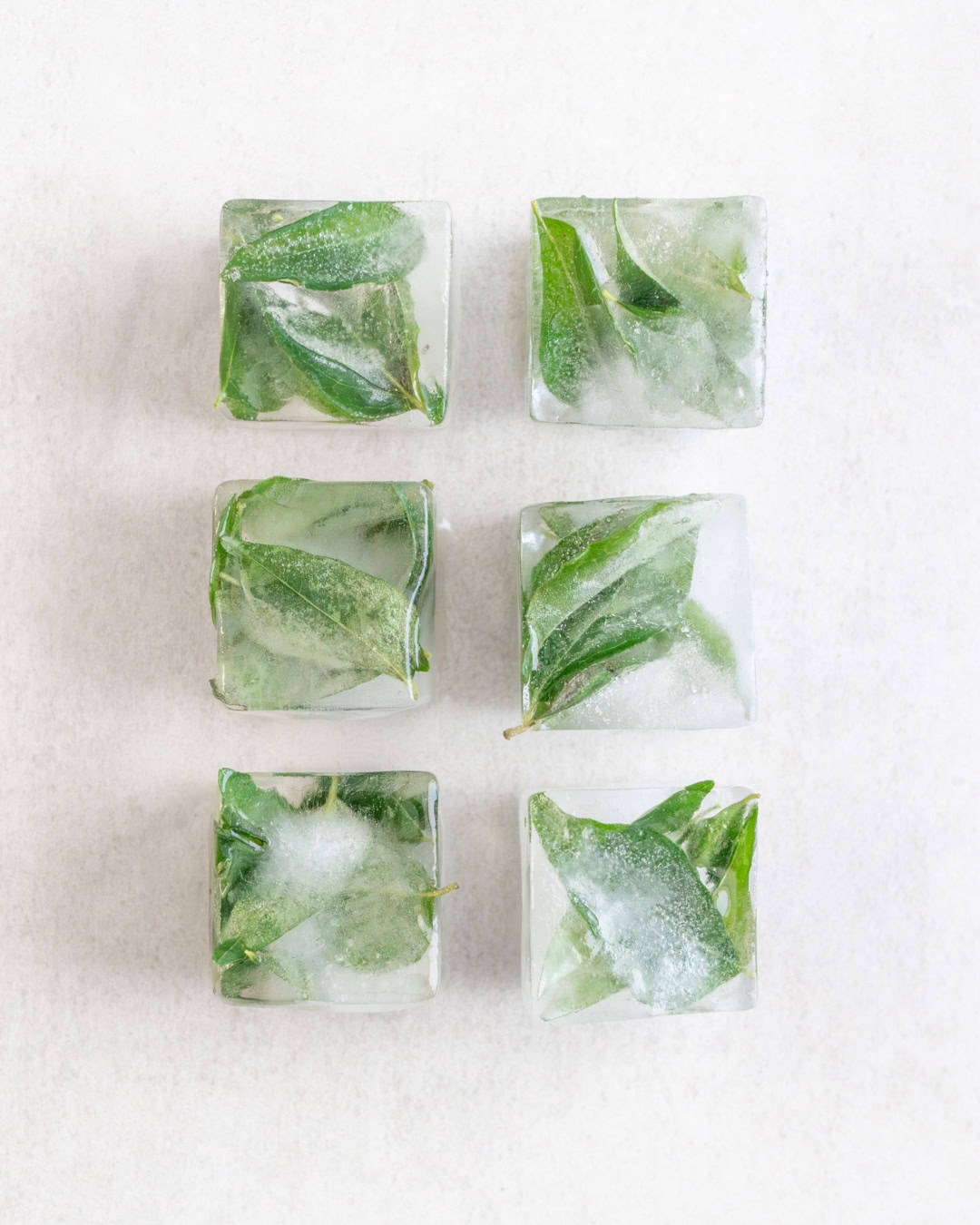








0 Comments